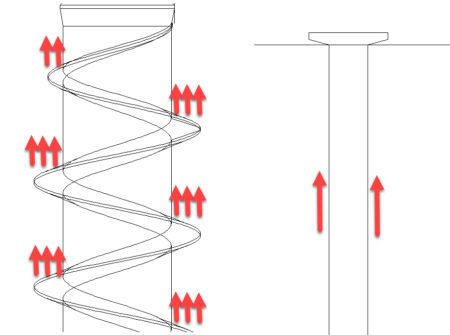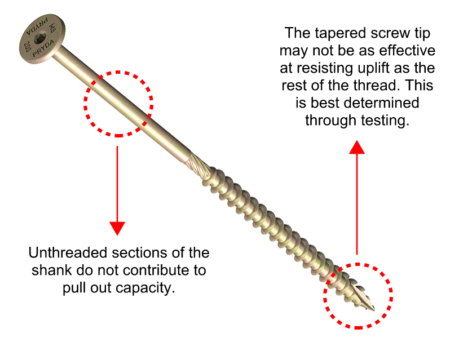Once a quarter we are invited to contribute the Tech Talk column in the FTMA newsletter. This month’s topic is all about the benefits of screw tie-down connections, especially when they’re factory-installed. It’s a continuation of my last feature on machine-driven versus hand-hammered nails. Bit by bit, we are building on a message to the industry about the advantages of offsite manufacturing and how innovations like SpeedTruss set Pryda fabricators apart, to the benefit of your customers.
If you’re not already talking to builders about the safety and productivity advantages of SpeedTruss, this is a great one to share as a conversation starter about how factory-installed screws mean they can stop skew-nailing trusses and going back around to install multigrips, and start getting roofs up safer and faster while making life easier for their certifiers

In my last Tech Talk I hinted at changes in the product landscape for tie down connections. The industry is evolving even in this period of unprecedented change and disruption, and fabricators, builders and certifies are seeing the benefits of screw-based systems over conventional nailed connectors. At first glance, a shift from nails to screws might not exactly come across as revolutionary in the world of connecting timber, but it’s also dangerous to assume that this next generation of solutions are more of the same.
These screws can achieve significant withdrawal loads from timber members based on the embedment depths into supporting framing members. When comparing screws to nail for withdrawal strength, well, there really is no comparison. When nails are pulled out of timber (parallel to their shank) the withdrawal resistance is provided only by the frictional resistance of the nail against the surrounding timber. When a screw is withdrawn from timber, the helical thread that runs down the length of the screw provides a continuous bearing resistance against the timber that it is being withdrawn from.

The trade-off in achieving these higher capacities is a need to think in more detail about the system transferring the loads from the roof into the wall. Wall plates and how they are fixed together (if ribbon plates are sent loose to site) are a critical component when transferring wind uplift down into studs. This shouldn’t be new information to anyone, as AS1684 requires these fixings to be considered when designing trusses for wind uplift (refer to AS1684.2 Section 9 and specifically 9.6.1 for the approach, together with the fixing details provided in Table 9.19). The fixings between ribbon plates and lower top plates can often determine the efficiency of the design.
If due diligence is paid to the assembly of the top plates, then the screw design values can increase significantly due to the additional depth of the multiple plates.
In the Pryda world, our software makes this easy by automatically calculating the embedment depth into the supporting elements and then matching the screws withdrawal resistance to the uplift force generated on each truss. This is an essential step for roof tie down connections where the geometry is always changing and can get quite complex, especially compared to the more straightforward application of fastening the top plate(s) to a stud. You’ll see guidance on how to work this out manually in literature from other suppliers, particularly for screws that can’t be installed in the factory.
This is where pre-installed screws backed by software and a Producer Statement really stand out when it comes to demonstrating to certifiers that the connections are appropriate for the load and installed correctly. Using this method, the process of verifying that the correct embedment length has been achieved is as simple as verifying that the fabricator has used the stated product and noting that the screw has been fully driven into the timber.
One further consideration is the profile of the screw itself. When it comes to generating uplift capacity, not every millimeter of screw is created equal. Sections of the screw with no thread will not contribute to this capacity (since they don’t engage the timber), and while a tapered tip is great for installation it doesn’t contribute much to the pull-out strength so this needs to be factored in when designing for screws in withdrawal. The effectiveness of the tip can be quantified through testing, but the complexity this adds to the calculations may not be worth the little bit of extra capacity gained. That said, it’s important to check that any embedment lengths you’re working out have taken this into account, otherwise you may not get the performance you were expecting.

